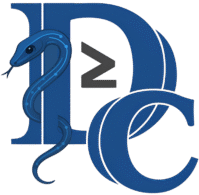Listen to this Post
How the CVE Works
Rack::QueryParser processes HTTP query strings and `application/x-www-form-urlencoded` data by splitting parameters using `&` and `=` delimiters. The parser dynamically allocates memory for each parameter without enforcing a maximum limit. An attacker can exploit this by sending a malicious request with an excessive number of parameters (e.g., 1,000,000+ key-value pairs). This forces the server to allocate massive amounts of memory and CPU time for parsing, leading to resource exhaustion. Since Rack is foundational in Ruby web frameworks (Rails, Sinatra), the attack can crash the entire application.
DailyCVE Form
Platform: Ruby Rack
Version: < 3.0.9.1
Vulnerability: DoS
Severity: Critical
Date: 2023-03-15
What Undercode Say:
Exploitation:
1. Craft malicious request:
curl -X POST "http://target.com/?$(python3 -c 'print("a=1&" 1000000)')"
2. Flood with oversized payloads:
import requests
requests.post("http://target.com", data={"a": "1" 10000000})
Protection:
1. Update Rack:
gem update rack --version ">=3.0.9.1"
2. Middleware limit (Ruby):
use Rack::Attack
Rack::Attack.throttle('limit_params', limit: 1000, period: 1.minute) { |req| req.params.count }
3. Nginx buffer limits:
http {
client_body_buffer_size 10K;
client_max_body_size 10K;
large_client_header_buffers 4 8K;
}
4. WAF rule (ModSecurity):
SecRule ARGS_COUNT "@gt 1000" "id:1000,deny,status:400"
Detection:
- Log analysis:
grep -E 'HTTP.\?.=.&.=.&.=.' /var/log/nginx/access.log
- Rate limiting:
Rack::Utils.key_space_limit = 65536 Bytes
References:
Sources:
Reported By: github.com
Extra Source Hub:
Undercode

